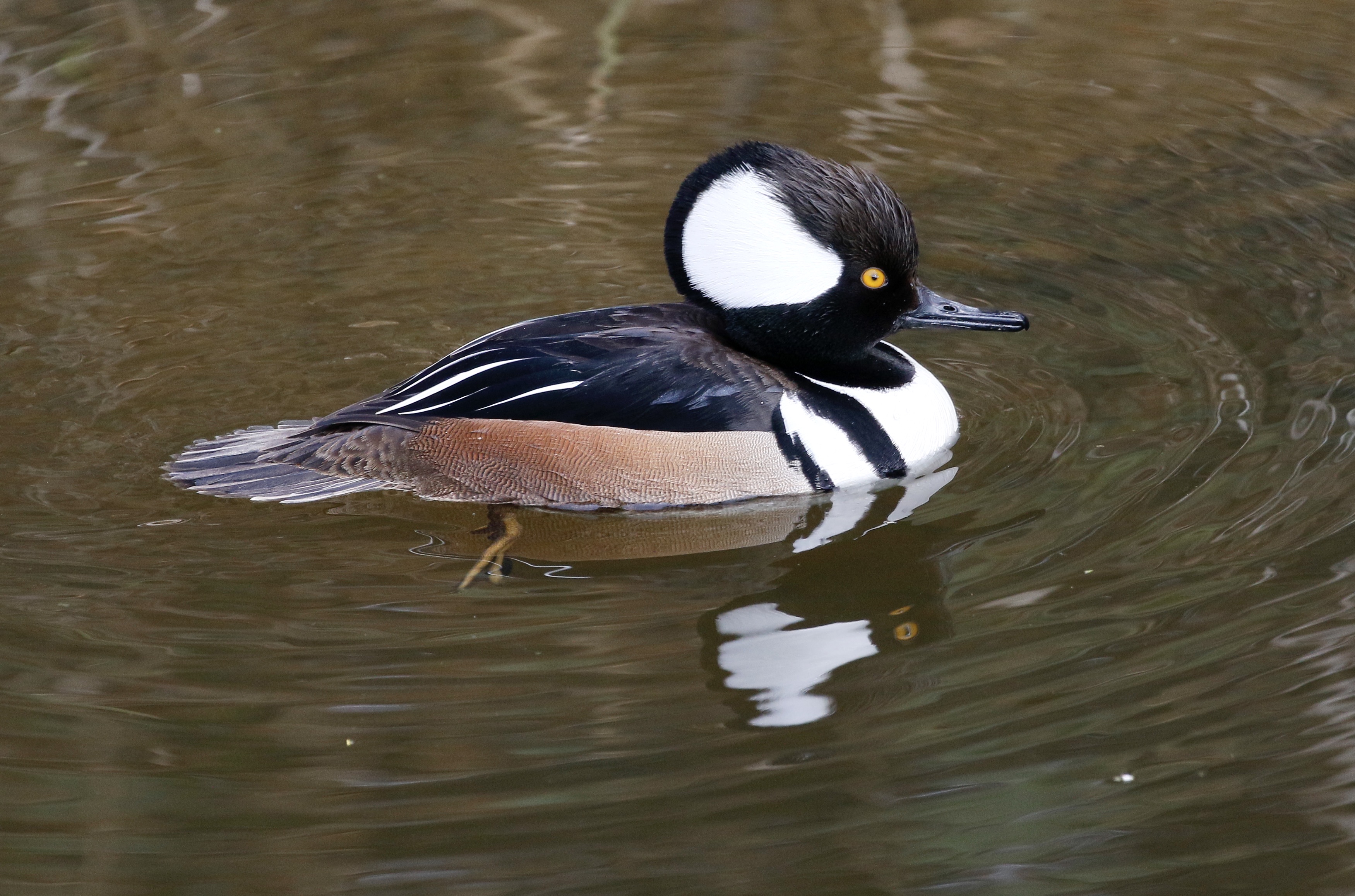Santa Barbara Birding: Rewilding a Former Golf Course
Several Species Flocking to UCSB’s North Campus Open Space

To be in love with nature is an altogether bittersweet experience. The observation of wildlife is endlessly fascinating, but the daily news of the decline of the natural world is difficult to stomach. Whenever good news is publicized, therefore, there is cause for celebration.
A year ago, I was introduced to a book that raised my hope level several notches. Wilding, by Isabella Tree (yes, her real name) is the account of the transformation of a 3,500-acre estate in southern England that she and her husband inherited. Most of the land had for centuries been devoted to farming, and for several years, the couple unsuccessfully attempted to turn a profit on soil that was just worn out. Eventually, they realized that they had lost the battle and searched for other uses for the land. Inspired by rewilding projects in Europe, they decided to let nature take over.
At first, progress was slow, but after researching the types of herbivores that would have grazed the land in centuries past, they judiciously reintroduced species of various sizes. The transformation to the land was almost immediate. Natural vegetation proliferated, and the fauna soon followed. An estate that had been quite sterile now heaves with life, and several species that have been in serious decline in the U.K., including turtle doves and nightingales, have become common on the estate. Last year, after an absence of 604 years in the U.K., white storks nested there. The Knepp project is a blueprint for how wildlife can be brought back from the brink.
Closer to home, a rather remarkable transformation is taking place in west Goleta at the former Ocean Meadows golf course, situated at the north end of Devereux Slough.
A few years ago, the golf course was purchased with the view to restore the upper slough to something approaching its former self. Wetlands are an endangered habitat in southern California, with only fragments left of what once were major ecosystems. Such wetlands are vital to migrating shorebirds and to many nesting species, such as the endangered Belding’s Savannah sparrow. UCSB and various other agencies have been hard at work on the project, removing acres of soil that had been added to create the golf course, planting native vegetation (much of which has been propagated from local plants), and creating new wetlands. The fruits of their labors are becoming apparent, and the great news is that the reserve, known as North Campus Open Space, is now open to the public.
Parking and access to the reserve is along Whittier Drive, and there are wide gravel trails to follow that give excellent views over the wetlands. There is still a lot of work to be done and irrigation pipes are much in evidence, but it is easy to imagine what an important habitat this will become, and, indeed, already is.
Wildlife is flocking to the reserve. On a recent walk, I saw several species of shorebirds feeding on invertebrates along the muddy margins of the estuary to fuel up for their long Arctic journey. Belding’s Savannah sparrows were busy nesting. A surprise was a dazzling male hooded merganser on one of the ponds. A pair of Canada Geese was already tending to several goslings. It’s good to keep these hopeful examples in our back pockets for when the bad news threatens to overwhelm us.
Support the Santa Barbara Independent through a long-term or a single contribution.



